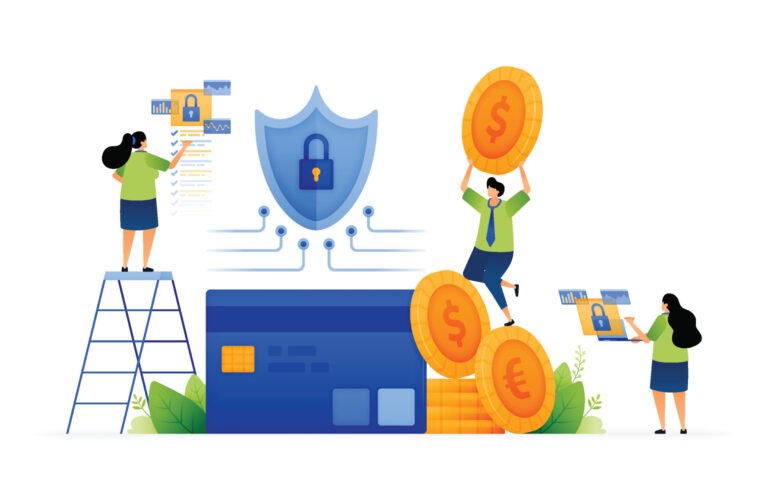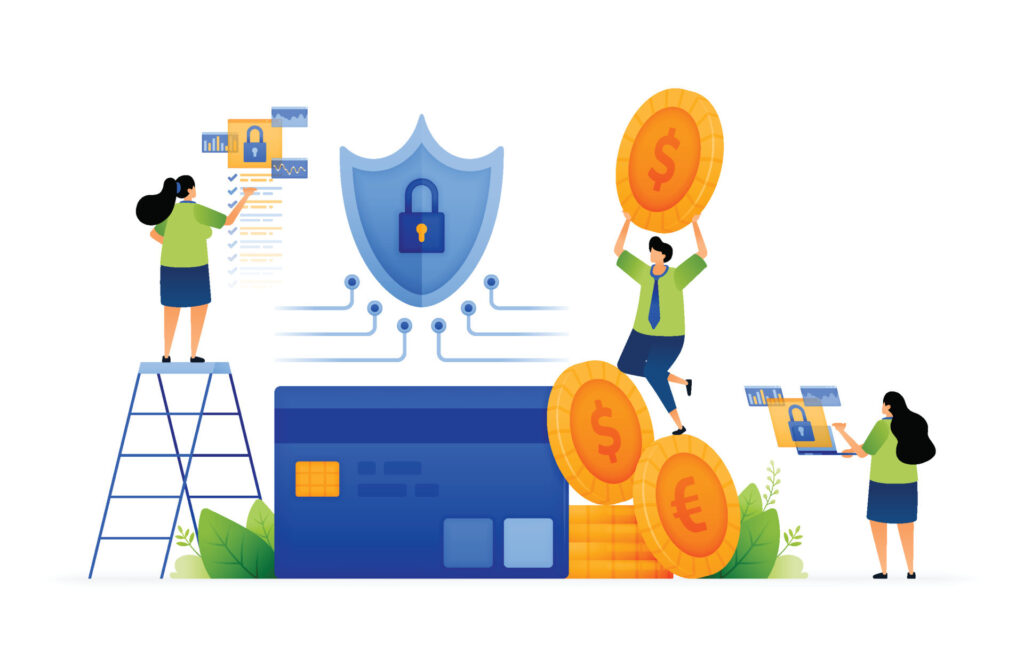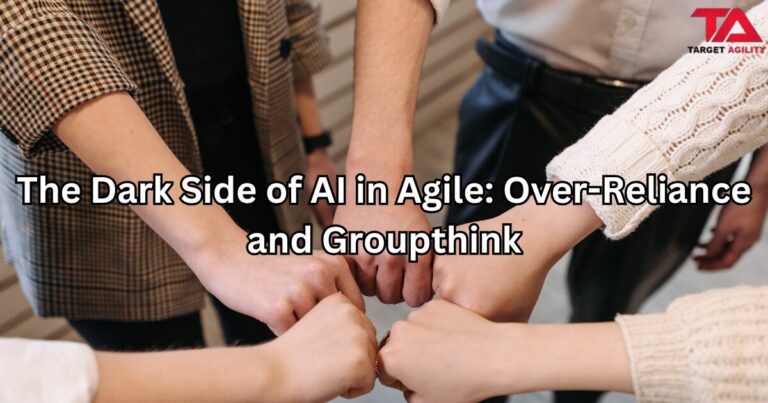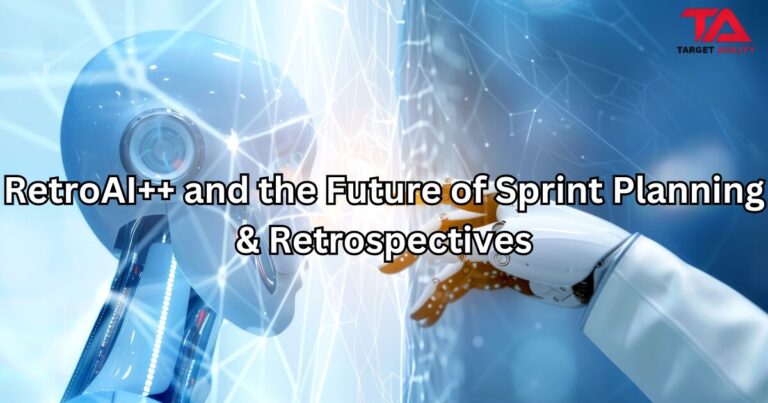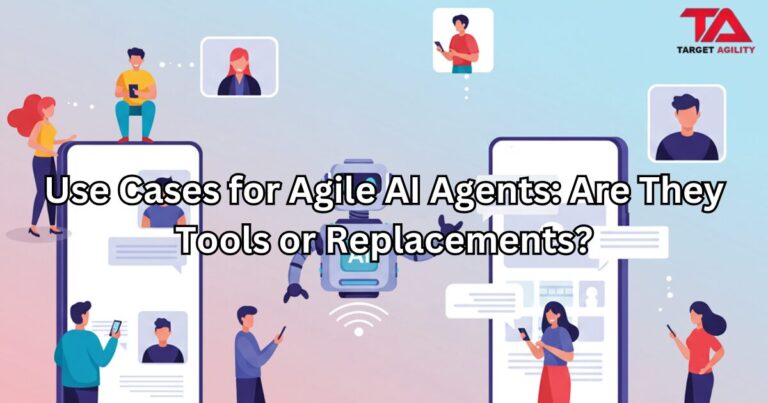Introduction:
In the dynamic world of software development and project management, Agile methodologies have become a beacon of efficiency and adaptability. Among these frameworks, Scaled Agile Framework (SAFe) has emerged as a robust approach to scaling Agile practices across large enterprises. As we look ahead, it is essential to envision the future of SAFe Agile and how it will continue to evolve to address new challenges. In this blog, we will explore the exciting prospects and trends that lie ahead for SAFe Agile.
1. Expanding Beyond IT:
While Agile methodologies have primarily found their roots in IT and software development, the future of SAFe Agile will see its boundaries expand. Non-technical domains such as marketing, finance, and HR are increasingly recognizing the benefits of Agile approaches. SAFe Agile will need to adapt and cater to the unique requirements of these diverse domains, giving rise to tailored SAFe configurations for various industries.
2. The Marriage of Agile and DevOps:
The relationship between Agile and DevOps has always been close, but the future will witness a deeper integration. The collaboration between these two approaches will create a seamless flow of value from ideation to deployment. By emphasizing continuous feedback loops and automation, this integration will further optimize the product development lifecycle, enabling organizations to deliver faster and more reliably.
3. Putting Customers First:
Customer expectations are ever-changing, and organizations must align their strategies accordingly. In the future, SAFe Agile will prioritize customer-centricity, encouraging businesses to gather real-time feedback and iterate quickly. This shift in focus will foster a culture of empathy, enabling enterprises to remain competitive in a customer-driven market.
4. Embracing AI and Automation:
As AI and automation continue to advance, they present new opportunities for software development and delivery. The future of SAFe Agile will involve the seamless integration of these technologies to streamline repetitive tasks, gain data-driven insights, and enhance decision-making processes. This collaboration will undoubtedly boost development efficiency and product quality.
5. Adapting to Remote Workforces:
The global pandemic has reshaped the way we work, with remote and distributed teams becoming the norm. In the future, SAFe Agile will need to address the challenges of managing dispersed teams effectively. This will require the development of virtual collaboration tools, remote-friendly agile ceremonies, and communication practices that cater to the needs of remote workers.
6. Scaling Agile for SMEs:
While SAFe Agile has traditionally been viewed as suitable for large enterprises, the future will witness its adoption in small and medium-sized organizations. To accommodate this shift, SAFe Agile will need to offer lighter and more flexible versions tailored to the scale and complexity of SMEs. This will enable smaller businesses to benefit from Agile practices without overwhelming their teams.
7. Evolving Certification Programs:
Certifications have played a significant role in validating the expertise of Agile professionals. In the future, SAFe Agile certifications will evolve to align with emerging industry trends, introducing new roles, skills, and best practices. This will ensure that professionals and organizations stay updated with the latest developments in SAFe Agile.
Conclusion:
The future of SAFe Agile is one of adaptability and innovation. As Agile principles continue to penetrate various domains, and technology continues to progress, SAFe Agile will remain at the forefront of empowering organizations to meet their evolving needs successfully. By embracing customer-centricity, integrating with DevOps, and leveraging cutting-edge technologies like AI, SAFe Agile will continue to facilitate excellence in delivering value and driving innovation across industries.


